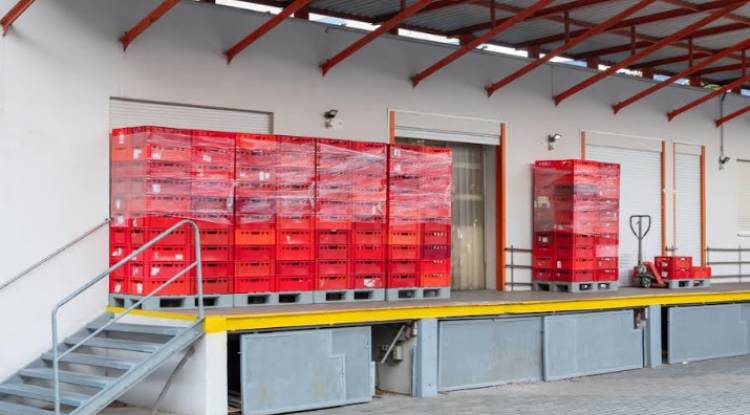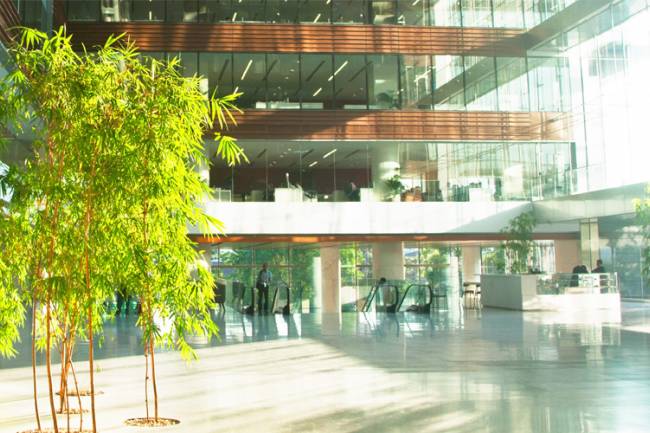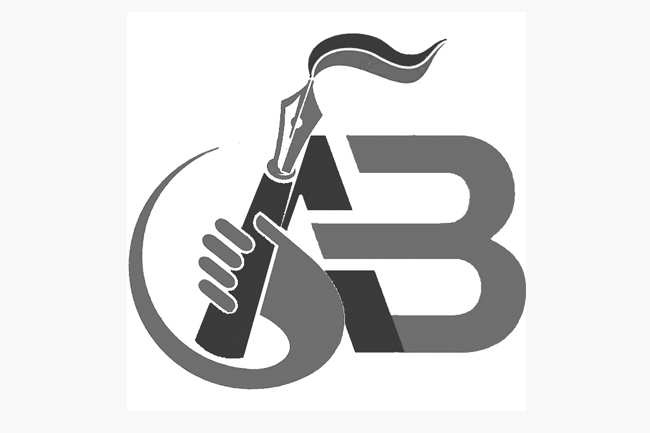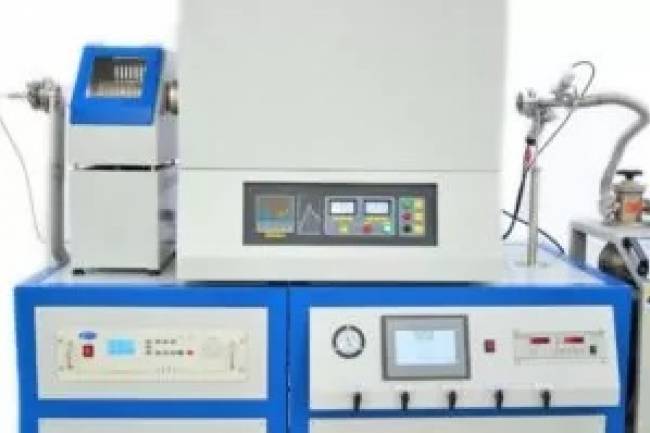Small Investments, Big Impact: Operational Upgrades That Save in the Long Run
While most companies chase innovation through technology or big-budget strategies, some of the most effective changes start with simple, smart upgrades. Operational efficiency doesn't always require a massive investment. Sometimes, small tweaks to how your business runs can save time, money, and resources over the long term.
The Overlooked Value of Operational Details
It’s easy for small and medium-sized enterprises (SMEs) to pour energy into marketing campaigns, software subscriptions or customer acquisition strategies. These high-visibility areas often take centre stage in quarterly planning meetings and budget reviews. However, operational upgrades like improving storage systems, refining internal workflows or updating material handling tools, can generate just as much return on investment, if not more.
The problem is that these upgrades rarely receive attention until inefficiencies become unavoidable. Yet, when done proactively, operational improvements can reduce waste, streamline logistics, and even improve employee morale by making daily tasks easier and safer. Over time, the savings in labour, materials, and time compound, making these small investments incredibly worthwhile.

When Functionality Meets Sustainability
One of the best examples of a high-impact operational upgrade is the transition from traditional wooden pallets to more modern solutions like plastic pallets. These seemingly mundane components are critical to shipping, storage, and handling. For years, businesses relied on wood by default. It was available, cheap, and familiar. But modern businesses are reevaluating that decision with new priorities in mind: efficiency, durability, and sustainability.
Unlike wood, plastic pallets don’t splinter, absorb moisture, or require constant replacement. Their uniform construction makes them ideal for automated systems and consistent stacking, reducing the risk of product damage or workplace injury. While the upfront cost may be slightly higher than wooden alternatives, plastic pallets outlast them by a significant margin, often paying for themselves within a few shipping cycles. Moreover, many plastic pallets are recyclable, aligning with increasing demands for sustainable business practices.
Streamlining to Scale
When a business plans to grow, the focus is often on large-scale areas like customer-facing elements, new markets, product lines or expanded marketing. But internal systems must scale too. If your operational backbone can’t handle higher volume, all the demand in the world won’t translate into profit. That’s why investing in small operational enhancements early is a smart move. Upgraded shelving systems, barcode scanners, temperature-controlled storage, or durable shipping containers can make the difference between scalable success and logistical headaches.
These changes don’t just prepare businesses for growth; they also help weather fluctuations. During seasonal peaks or supply chain disruptions, businesses with efficient internal systems are more resilient and agile. This adaptability can prevent missed opportunities and reduce emergency spending.
Employee-Centred Efficiency
It’s not just about the bottom line. Operational upgrades can also directly improve the working conditions for employees. Tools that reduce physical strain, improve safety, or simplify processes can boost morale and reduce turnover. Workers who aren’t battling outdated systems or dangerous equipment are more likely to be engaged and productive.
Take the earlier example of plastic pallets: because they are lighter and more uniform than wood, they are easier to move and less likely to cause injury. This matters, especially in environments where manual handling is still common. A safer, more efficient workplace supports not just productivity but employee satisfaction as well.
The Long-Term Mindset
Small operational upgrades can be easy to overlook in the pursuit of growth or innovation. However, forward-thinking businesses understand that the foundation of success often lies in the invisible systems that keep everything running. Strategic spending on overlooked areas like packaging materials, internal logistics or warehouse equipment often leads to better margins, smoother workflows, and a more sustainable business model.
By taking a long-term view and investing in tools and practices that reduce waste and increase efficiency, business owners position themselves for success that’s built to last. Whether it’s replacing outdated equipment, digitising internal processes, or simply switching to plastic pallets, the right upgrades today will pay dividends well into the future.














